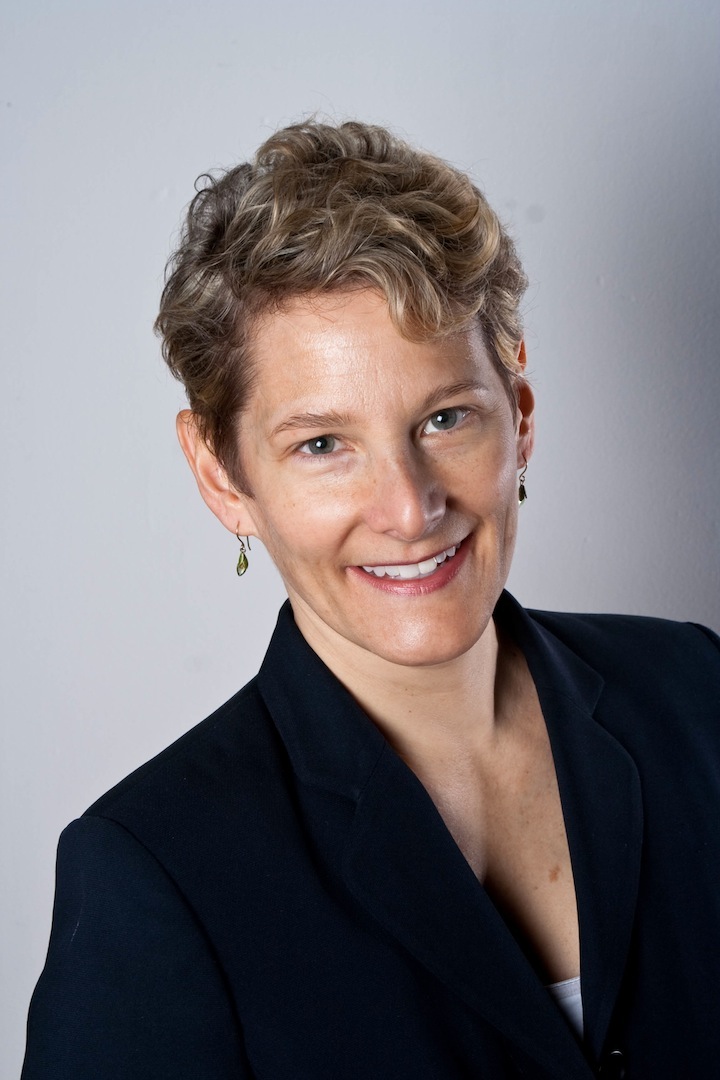By Mark Kersteen - September 17th, 2014
It’s a story we’re seeing more and more. Established, successful companies reinventing their marketing and their business models to remain competitive. The reliable, entrenched practices of old are becoming ineffective. After decades of the same, marketing is being turned on its head by aggressive developments in digital, data, and social.
McGraw-Hill Education is the next chapter in this increasingly familiar tale. The 126 year-old education company has rewritten its entire business model over the last seven years. They’ve gone from printing textbooks to delivering digital learning platforms and experiences. These new tools offer students personalized lessons adapted to their skill-levels.
"I’ve had to change a lot within my organization"
We spoke with Victoria Burwell, the Chief Marketing Officer of McGraw Hill Education’s K-12 group, about the ways she’s changed her organization to deliver the digital, experience-based products her customers ask for.
“I’ve had to change a lot within my organization. I’ve had to shift the organization’s mindset, and make sure everyone understands they need to get the customer’s input at the very beginning of every process.”
The shift to digital has meant that the customer always has to be top-of-mind at every area of the business, especially marketing.
“I think the era of fifty-odd years ago, where marketing or advertising happened at you, is dead and gone. Now customers expect and demand a conversation.”
 This conversation element is critical to marketing, but now is also increasingly relevant to every other part of the business.
This conversation element is critical to marketing, but now is also increasingly relevant to every other part of the business.
“A good marketing person wants a conversation. They don’t want to put something out without knowing how it resonates. Or, worse, assuming it will resonate well. But now you can bring in your customer and have them be a part of your development process. You want to put out products that are meaningful to the customer, right? Why wouldn’t you engage them from the get-go in all aspects? ”
Of course, making this sort of insight to integral to a business that’s been around for more than a century isn’t simple. However, integrating it more heavily is something that nearly every organization could benefit from.
“When I came onboard 2 years ago, I said ‘Where is the strategy and analytics group?’ There wasn’t one. It was very ad hoc, there were only pockets of people doing data analysis and strategy throughout the organization. So I hired a vice president of strategy and analytics, and underneath him are amazing people specializing in segmentation, in market research, in pricing. They’re all making sure that we start the very beginning of our product development process with data, with the voice of the customer. In the old days, it might have been a bit of, ‘We know a great chemistry professor, let’s put out a chemistry book or program.’ Now it’s, ‘Have we gone and talked to the customers? What do they need? What does that look like? How is it going to be better than anything else out there, and benefit their lives?’”
Victoria has had to restructure comprehensively in order to bring McGraw-Hill Education’s marketing into the twenty-first century.
“When I came on board, our structure was very different. I inherited a product marketing group, and I brought together some groups that became my integrated marketing group. Underneath that was demand generation, relationship marketing, and marketing automation. I I also have the aforementioned strategy and analytics group.”
It was clear to Victoria from the start that this sort of reorganization was going to be necessary.
“Because McGraw-Hill Education was such a strong brand, it was able to roll along on its own momentum. I wanted to make sure that people understood the new McGraw-Hill Education, the incredible digital learning company. That’s hard when you have one hundred-plus years as a print publisher. So I brought on board a person in charge of brand. They had a background in revitalizing brands that had a long history like ours did, and that wanted to stay current to what their customers needed in the modern world.”
“Having a large part of my creative be internal, working on both the product and marketing side, really helps us to understand the product and craft the message."
One of the most valuable resources McGraw-Hill Education could pull from as they moved towards becoming customer-centric and digital-first were their in-house creative teams.
“I have the good fortune of not only having a creative house that does all the marketing, but one that does all the creative around product development. About a year and a half ago, I wedded the two creative groups: the marketing creative team and the product creative team. Now I’ve got a person who’s in charge of that entire creative group, to ensure that, from product inception all the way to launch, it’s all the same. It’s seamless. That is so important in the digital environment. Now my customers are engaging with us on a digital platform, and they want to hear about us through a digital platform. So we need to make sure that everything is consistent, that the experience is consistent, and that what we promise is delivered. It’d be terrible to have creative around something you see about us digitally, and then when you get onto the product, it’s not the same level of UX.”
Going in-house is a must for Victoria’s team, because it allows them a level of control over their material that would be difficult to achieve if they were going external.
“Having a large part of my creative be internal, working on both the product and marketing side, really helps us to understand the product and craft the message. There are certain nuances that would take a while to communicate fully to external agency after external agency. There are some very innocuous-sounding words you can’t use, because to a teacher or a curriculum director or a superintendent of a school, they mean something totally different than they do to the rest of the population.”
"In some ways, the same basic questions still always have to be answered."
Yet while the practices she’s put into place at McGraw-Hill Education help to tackle their specific challenges, she believes they’re valuable for marketers no matter where they work.
“In some ways, the same basic questions still always have to be answered. We just have better processes, data, and platforms. You’re always going to have to worry about data and analytics. You’re always going to have to understand how the customer is hearing about you, how you’re getting a customer, and how you’re keeping a customer. You always have to be considerate of the user experience. Whether it’s print or digital, whether it’s on a tablet or a billboard, you have to understand the different vehicles.”
Yet despite the advances we have now, how can marketers prepare themselves for the future in a space that’s accelerating at an exponential rate?
“I think we’re going to see a continual ramp up of the pressures we’re facing now. I think we just have to be incredibly poised, to be able to respond quickly, to engage customers quickly. Again, it goes back to being honest, knowing the voice and the personality of the brand, and being honest and true to who you are. You will know how to respond, and you will be able to respond well. We will continually get even better at using the data we have on customers, understanding them and their needs and wants. It’s going to come down to how quickly and seamlessly we can respond to that new, real-time data.”
Victoria Burwell will be speaking more on this topic at the upcoming Incite Summit: East.
Cool headline image by Fotolia

